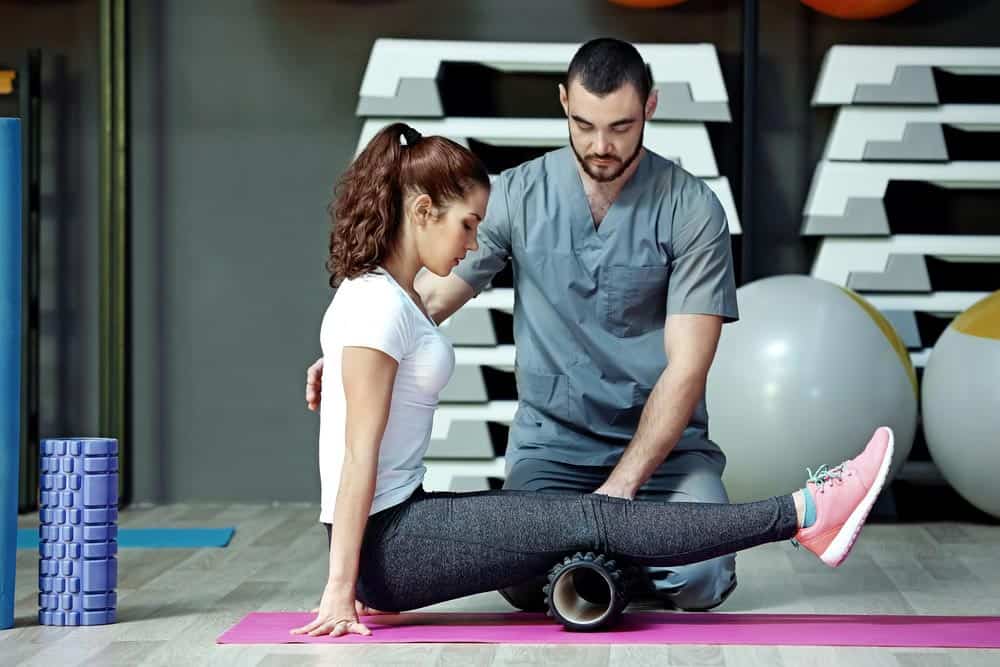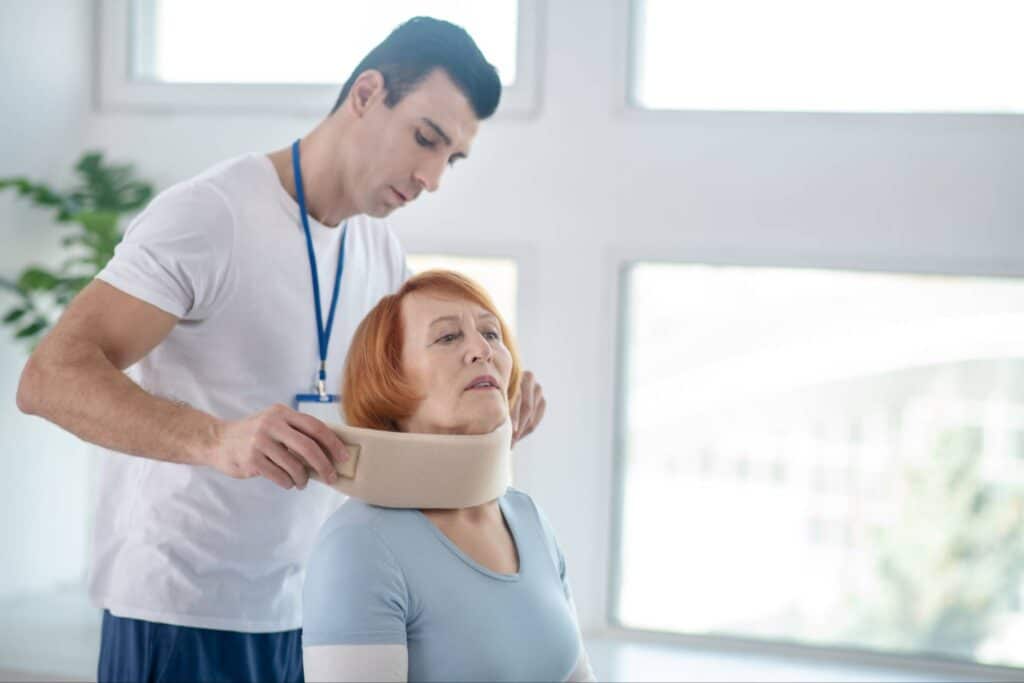It is estimated that about 50 million Americans live with chronic pain every day. This pain can interfere with daily life, including the ability to work and participate in recreational activities, as well as having a negative impact on mental health. Where there are many causes of chronic pain, there are also a number of treatments available, ranging from home remedies to invasive surgeries. Many people will also seek physical therapy in Atlanta to manage this pain, but for those who have not experienced this treatment, you may not know what to expect or if physical therapy is the right treatment for your case. Read on to understand how physical therapy can be used to combat chronic pain.
What Is Chronic Pain?
In basic terms, chronic pain is defined as pain that has been present for 12 weeks or more. This is generally contrasted with acute pain, which is pain that comes on suddenly, lasts for less than 12 weeks, and then is completely gone. Acute pain is usually caused by a traumatic event like an injury or car accident, while chronic pain may have started with an injury or may be due to a medical condition.
Chronic pain often occurs when there is no single source of pain like tissue damage, or long after this damage has healed. This can be extremely frustrating as it is hard to understand what is causing the pain, why treatments may not be working, and how to best address the root cause of the pain.
Because of the range in chronic pain experiences, it can be addressed in a number of ways. Medication, supplements, chiropractic care, massage, acupuncture, exercise, meditation, and psychotherapy may all be explored along with physical therapy before more drastic measures are taken. For many, some trial and error is necessary before the right path is found. However, physical therapy has a number of benefits in most cases.
What to Expect from Physical Therapy
When you seek out physical therapy in Atlanta, your first session will likely be an initial evaluation where you meet with your physical therapist and discuss your condition. You will likely need to give a medical history and discuss your pain and any other symptoms. Depending on this conversation, you will likely be asked to undergo some physical evaluations to test range of motion, strength, balance, or endurance.
Once an evaluation is complete, you can begin to develop realistic goals for your physical therapy. The treatment is often based on milestones and achievements that can be reached and adjusted over time. For example, goals may include pain relief, extended range of motion, increasing strength, or improved mobility.
Your main tool for reaching these goals will be doing exercises in a routine designed by your provider. These exercises will be aimed at your goals and teaching your body to expect and support certain types of movement, which can help your body heal over time. This is often paired with simple techniques like heat and ice therapy or massage to decrease pain over time. Other methods may include the use of ultrasound and TENS units, dry needling, or the inclusion of chiropractic adjustments.
How Physical Therapy Helps
The goal of physical therapy is not simply to mask your chronic pain, but also to find and address the root cause of the condition. This may include methods of pain relief and stretching in order to heal parts of the body that may be suffering, as well as methods of strengthening the body to prevent further damage or worsening of your underlying condition.
One example of chronic pain is that caused by pressure on nerves in the joints, such as the knee, hip, elbow, or wrists. By strengthening the muscles that support those joints, the muscles become better at providing support, removing pressure from the nerves, and leading to pain relief and a lower chance of recurrence.
Many exercises also focus on improving flexibility and teaching the body to move safely. When the body is relaxed, it is more likely to move properly and easily. By encouraging movement patterns that are healthy and correcting things like poor posture, day-to-day activities become easier and less painful. The body then becomes accustomed to moving in this way.
Physical Therapy in Atlanta
If you are suffering from chronic pain, it can sometimes feel like there is no end in sight. But at AICA Atlanta, our physical therapists will work with you to design a plan based on your goals and needs to help you find relief. Working with a range of specialists, the physical therapists at AICA Atlanta are ready to begin your treatment today!





